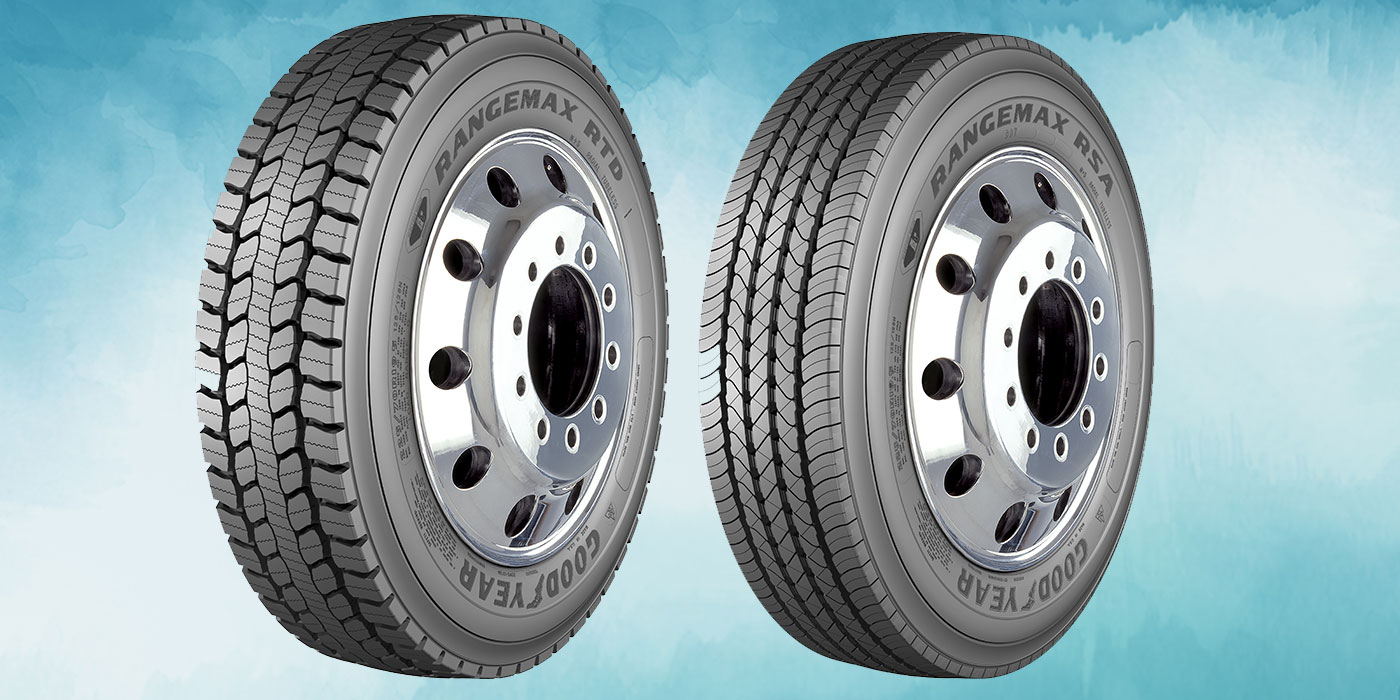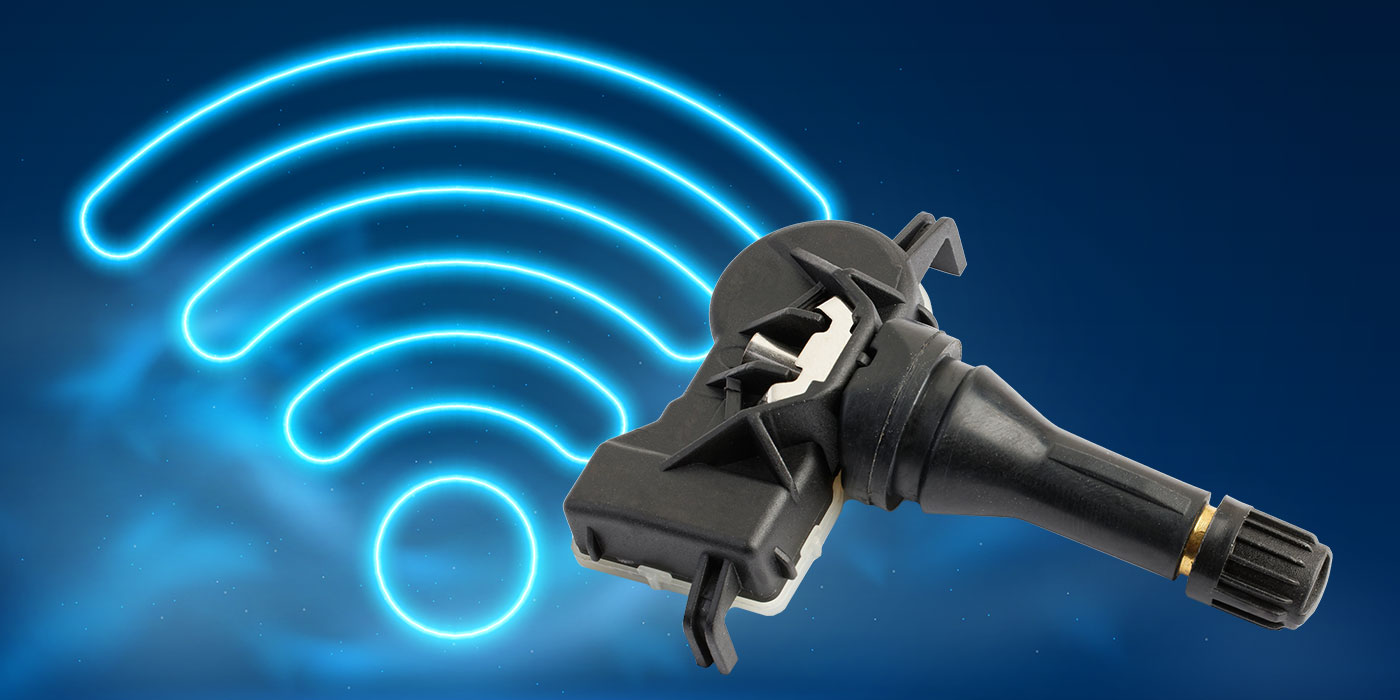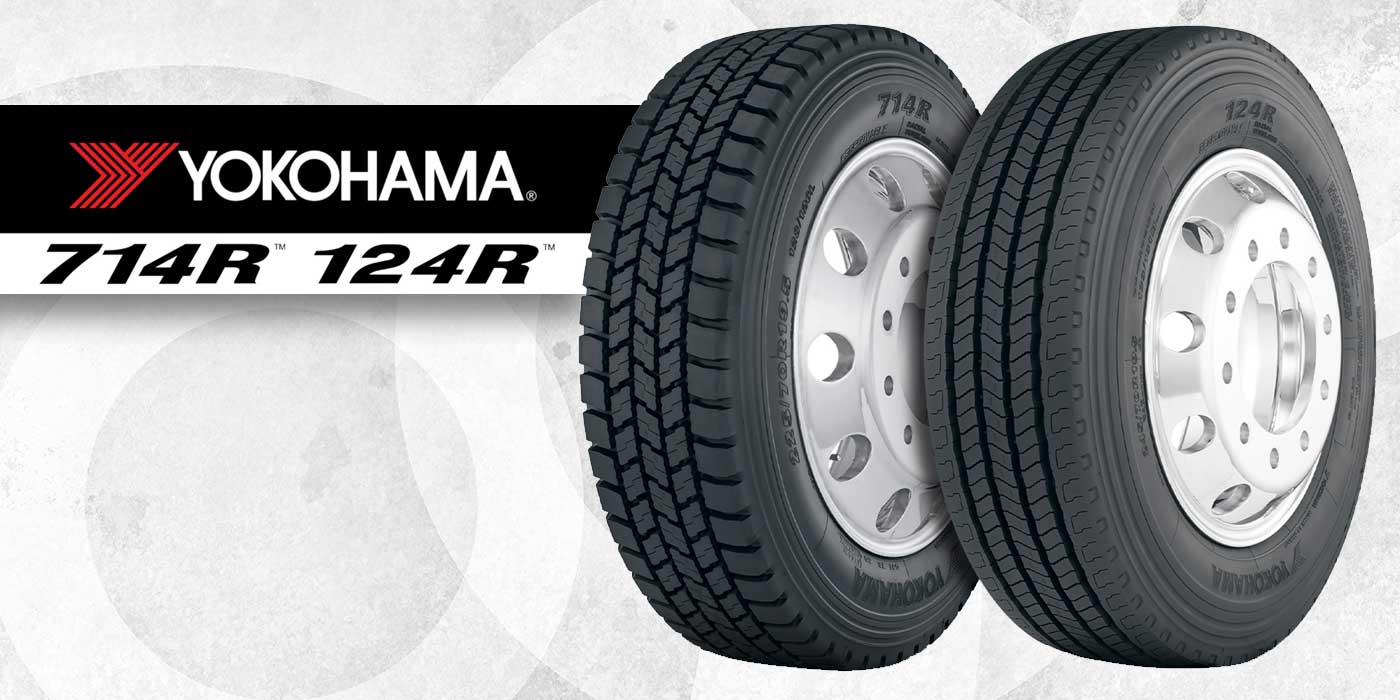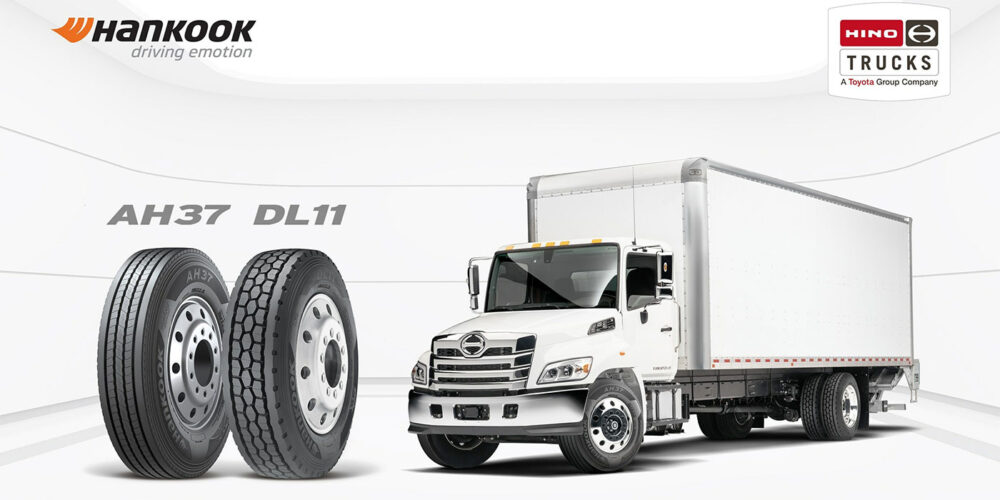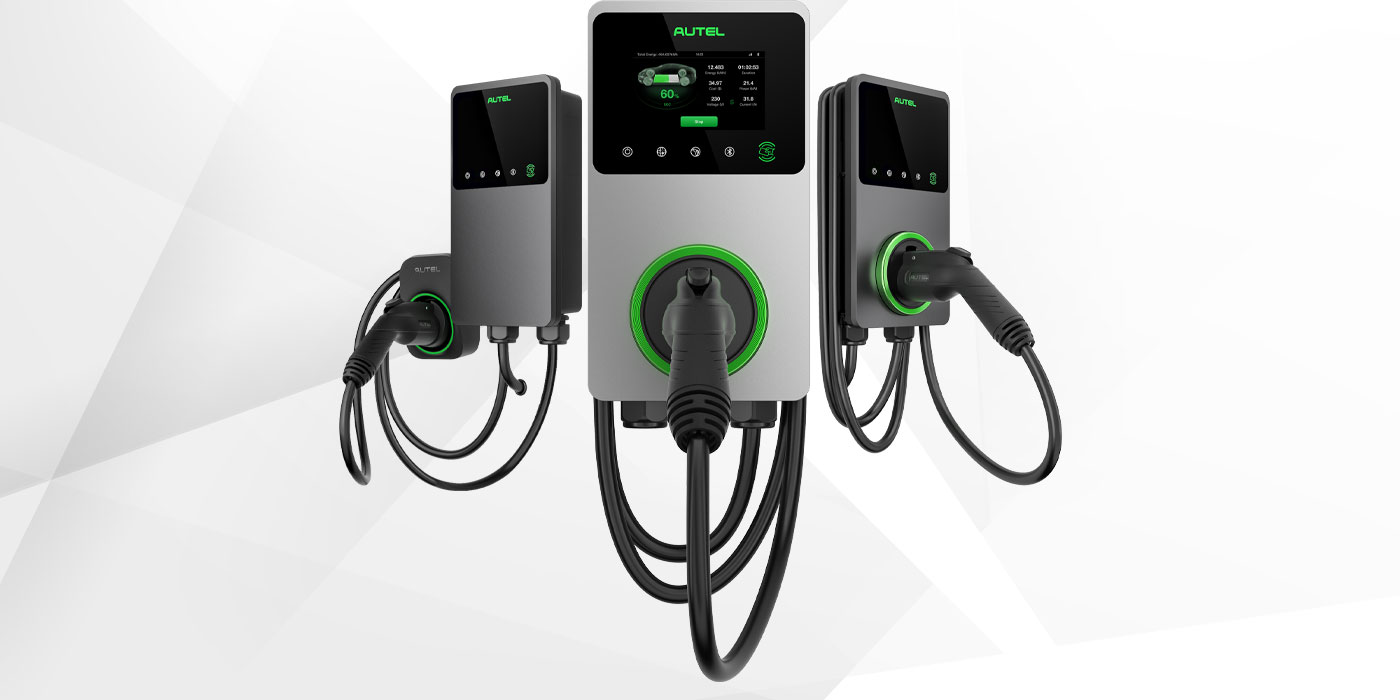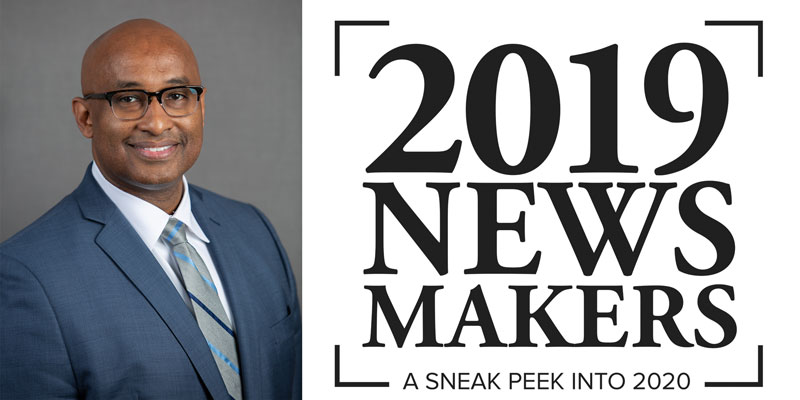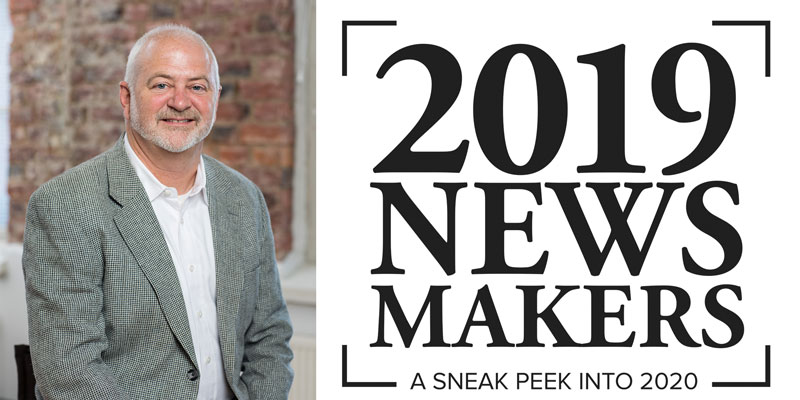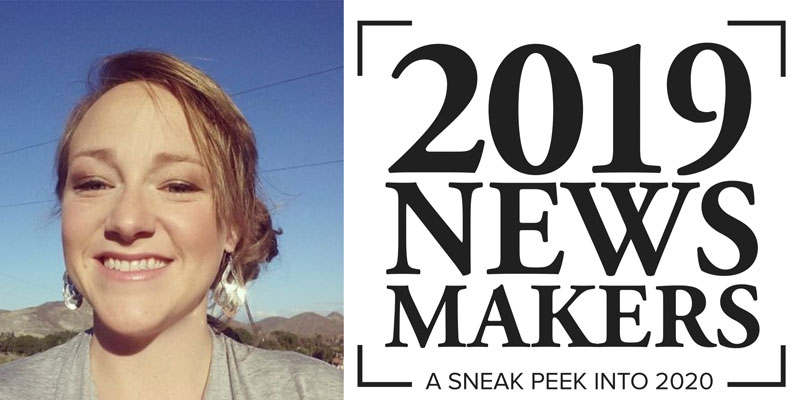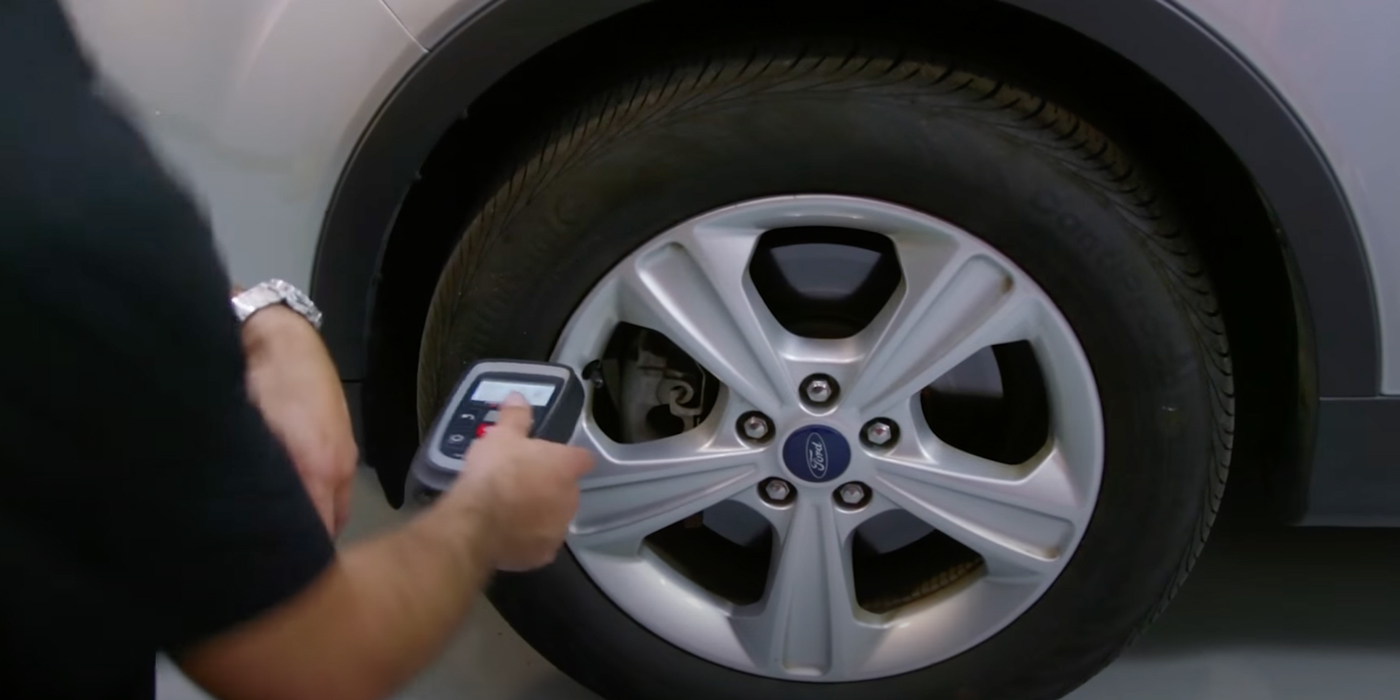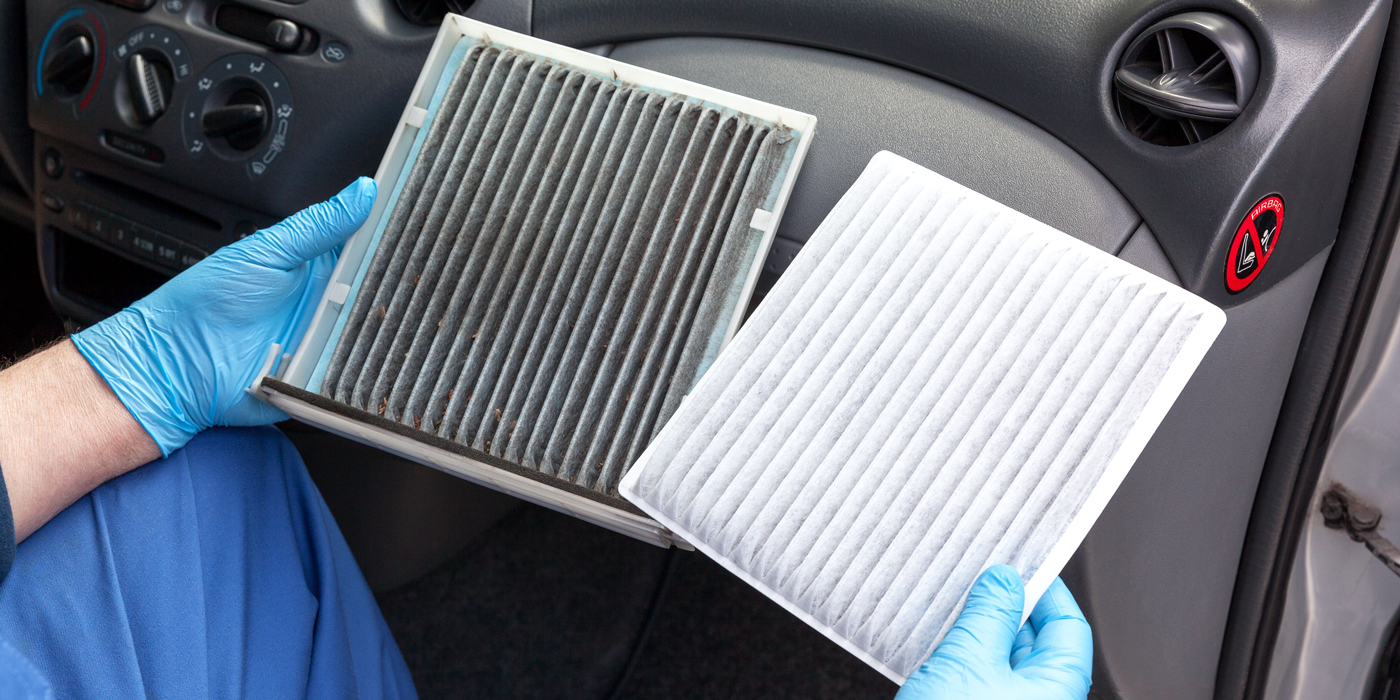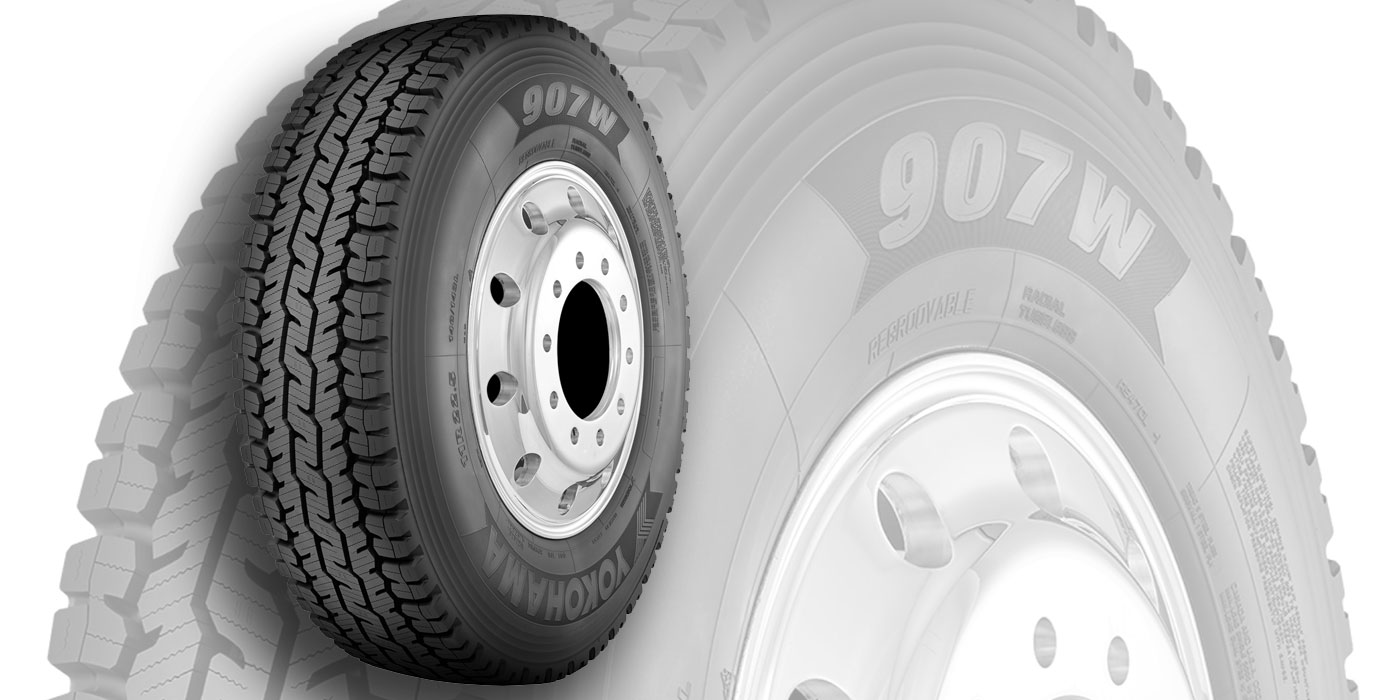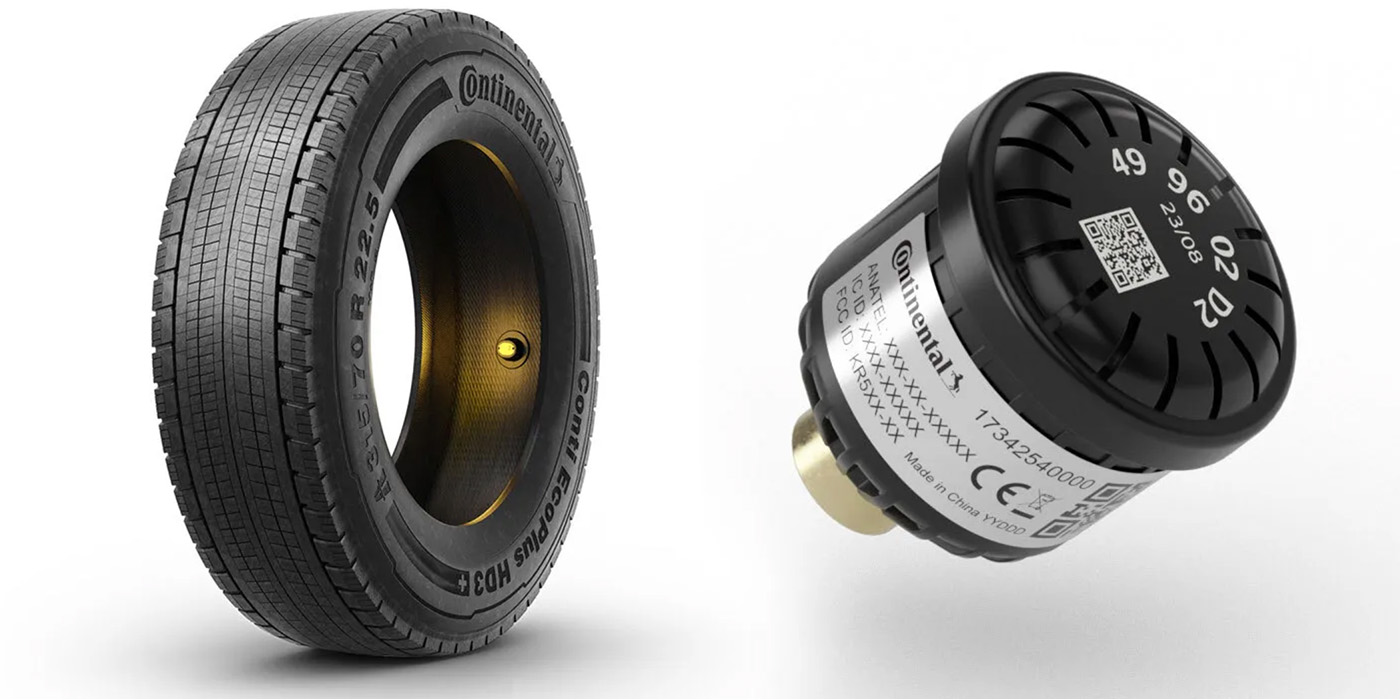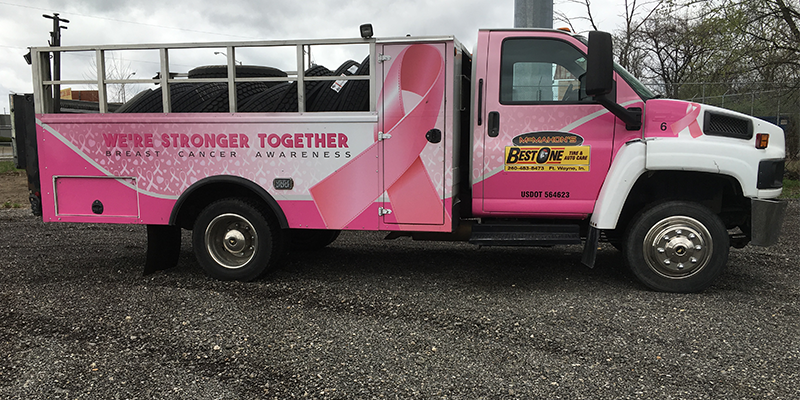
Commercial mobile service trucks offer tire dealers more points of contact with fleet customers. While the need by fleets and the benefits to a tire dealer’s bottom line may be clear, the many considerations – selecting repair trucks and equipment, determining how to staff the service and keep techs on call 24 hours a day, etc. – are somewhat murkier.
“In this competitive market, you have to provide services to separate yourself from other dealers,” says Tom Formanek, regional sales manager for Stellar Industries and former Tire Industry Association president, adding that if a tire dealership earns the business of a large fleet account, “You have to be able to provide road service – because when they’re down, they’re down. Most don’t have a spare tire; when they have a flat along the interstate, they need you.”
Sandra Sanford, vice president of RoadSquad, TravelCenters of America’s roadside breakdown recovery service, says, “Roadside emergencies can be stressful and sometimes even dangerous. It’s important for fleets to have an emergency breakdown provider that can get their drivers back up and rolling as quickly and safely as possible so they can prevent missed deliveries and minimize downtime and lost revenue.”
Whether you partner with a national roadside repair service or start your own mobile repair truck initiative from scratch, there are likely profits – and competitive advantages – to be gained for your tire dealership. We talked to dealers and industry professionals to help sort out the basics of how mobile service units can fit into your business.
Partnering with a National Provider
RoadSquad, the largest roadside provider in the U.S., is an established nationwide network in which trained dispatchers — who understand both the trucking industry and technical issues — route calls 24 hours a day. The network was built around TA’s fleet of service trucks dispatched from its TA and Petro Stopping Center-branded travel centers nationwide.
The company’s mobile service vehicles come equipped with a 40-gallon fuel dispensing system, a tire safety inflation cage, start-all unit, compressor unit with large air capacity and a JPro diagnostic tool to help identify potential problems.
“Prior to servicing the equipment, TA Truck Service technicians set up eight safety cones and a reflective warning sign to notify traffic that roadside repairs are being conducted within the next 100 yards,” Sanford says. “Our ASE-certified technicians can handle a wide scope of services including full mechanical, jump starts, out of fuel situations, electrical, brake, air leaks, lift gates, belts and hoses, lights, trailer repair and tire services for all brands of tires including new, recap and used. RoadSquad can also set a fleet up with a towing provider, if needed.”
Tire dealerships and automotive service shops can go through an enrollment and vetting process to determine their eligibility to become a third-party provider, according to Sanford.
“Fleets want their trucks back on the road as quickly and as safely as possible,” she says. “If their drivers are not on the road, no one is making money. Having said that, fleets also want a provider who is honest about ETAs, clear about what it will take to fix their equipment and ensures their drivers will be treated with respect.”
Create Your Own Service Solution
For an example of a stand-alone approach, one needs to look no further than Phoenix-based Blue Ribbon Tire Co., which has offered 24-hour commercial roadside service for 36 years, since the day the dealership opened. In fact, roadside service came before offering service in their shop.
“After getting established, we then opened a small shop for in-house way radio and cell phone.
“It isn’t something you can schedule,” he says. “We tried to have a set day of the week per employee, but you can’t control emergency road service on a calendar. So I just pay attention to how hard they are being worked and who wants more hours and pay, and try to blend that with perfect customer service. It’s easier said than done, but experience and customer recognition make a big difference.”
Blue Ribbon’s service trucks are stocked with the tools to work on anything from a small trailer to the largest earthmover tires — just about anything the customer needs. In addition to a small selection of rental equipment and tire sizes kept on each unit, the trucks are equipped with hydraulic rams, grease, tire bars, three different hammers, vice grips, patches, ratchet straps, cotter pins, lug nuts, etc. During the summer, the units also carry a cooler full of water and Gatorade — a customer perk that goes a long way in the Phoenix heat.
The shop focuses 100% on commercial tires and service. Bergman stresses the dealership does not work on cars or personal vehicles because of the wide variety of the sizes and lower profit margins.
“The most important aspect of this type of service is that time is money. If the backhoe or forklift isn’t working, then neither is the customer,” he says. “Speed over cost in most cases with my customer base is always a priority.”
Use a Combination of Both
McMahon’s Best-One Tire & Auto Care in Fort Wayne, Indiana operates its own dispatch service for after-hours customers that call the shop, as well as provides service as a member of the Best-One Group, a nationwide network of independent tire dealers, commercial service providers and auto repair shops. McMahon’s also has contact information listed on National Truck & Trailer Services (NTTS) Breakdown Directory, TruckDown, and FindTruckService.com, ensuring there are many avenues for commercial customers to reach the shop in the event of a roadside repair, according to owner Bubba McMahon.
The four-location, second-generation dealership primarily focuses on the commercial tire business and goes back to the infancy of the Best-One Group with founder Patrick McMahon Jr., Bubba’s father, working with the original Best-One members at a store in Terre Haute and later managing a series of Firestone stores.
“Paul Zurcher, the founder of Best-One, hired my dad from Firestone and offered him a store in Fort Wayne,” McMahon says. “My dad’s original store was in Detroit and Firestone moved him to Evansville, Indiana. He wanted to get back closer to Detroit, so he met with Paul and we then moved to Fort Wayne to open the store. Paul and my father then split ownership and opened in 1969. Best-One, through Paul’s sons Mark and Larry, are now my business partners.
“We treat other Best-One customers as we would our own and do everything in our power to get them up and running as quickly as possible,” he adds. “McMahon’s Best-One runs day-to-day activities with the benefit of spectacular buying power. We establish the culture and rarely hear from corporate Best-One. However, if you ever need anything, you’ll find the best partners in the world to assist.”
After hours, when a customer calls McMahon’s Tire for service, they are asked if the service call is for mechanical or tires. The call is then automatically routed to the technician on call. The dealership has both mechanical and tire service trucks.
“We are currently ordering T270 Kenworth with Stellar 1302 OTR service truck body. This includes a 75,000-pound lift capacity crane with outriggers,” McMahon says. “This chassis comes with an air compressor and a 2,000-pound capacity lift gate. There is very little we cannot do with this unit. Our service trucks have air compressors, welders, generators, startalls, trailer light testers and laptops for diagnostics. We also inventory many fast-moving parts we typically use to get both tractors and trailers back up and running in a timely manner.
When it comes to serving fleet customers, McMahon explains that due to the use of electronic logging devices (ELDs), speed to complete the job has become the driving force in customer service.
“Drivers only have limited hours before they must take a break. Sometimes minutes will allow a driver to get to his home base or even to a safe haven where they can sleep before they must shut down,” he says.


